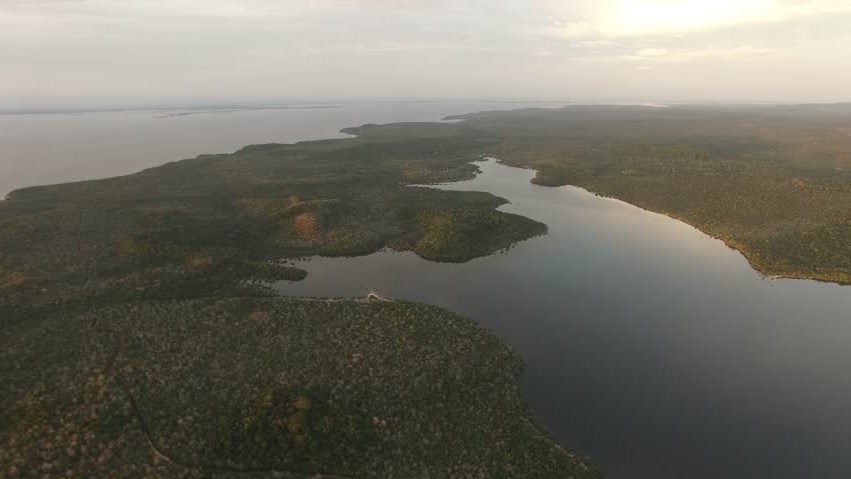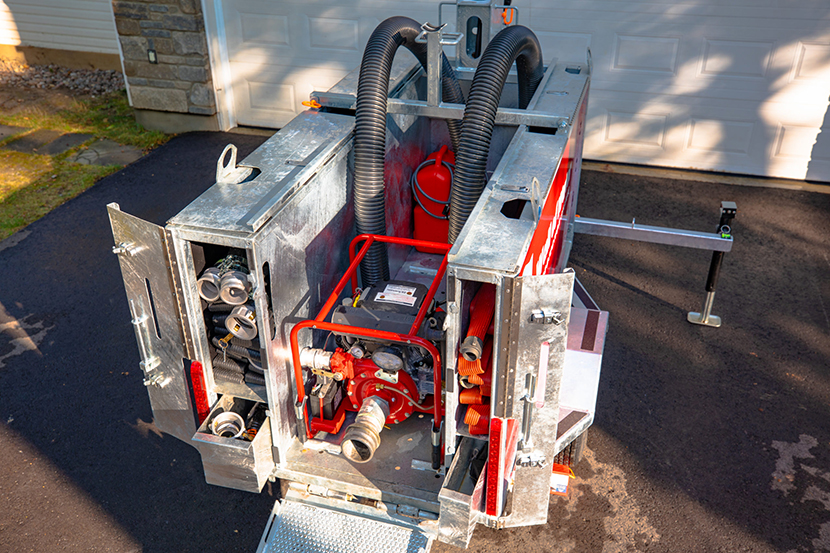Israel's ban on UNRWA, the main aid provider in Gaza, could have catastrophic consequences for Palestinian refugees.
Experts believe Israel's move is politically motivated and aimed at undermining Palestinian refugee status.
The international community has condemned Israel's actions and Norway has called for a ruling from the International Court of Justice.
In the most recent in a long line of oil and gas companies to be accused of greenwashing, Australia’s second-largest independent oil firm is being sued by the Australasian Centre for Corporate Responsibility (ACCR) for misguiding consumers on its decarbonisation aims. The ACCR is a shareholder activist group that has purchased shares in several high-emissions companies to try to encourage them to pursue Paris Climate Agreement targets. It is not the first time that an activist organisation has accused an oil and gas company of greenwashing and misleading the public, but the outcome of the trial could have an impact on future legal action in the sector.
Monday marked the first day of the 13-day Santos trial in Australia’s federal court. The lawsuit, which was launched in 2021, claims that Santos did not have a proper basis for saying it had a clear strategy for reducing emissions by 26 percent, to 30 percent by 2030, and to achieve net-zero emissions by 2040. The ACCR says this constitutes misleading or deceptive conduct and puts the company in breach of Australian corporate and consumer laws. The case is the first of its kind and could provide the blueprint for lawsuits against oil and gas majors in other countries in the future.
The ACCR’s lawyer, Noel Hutley, stated, “We’ll be submitting that Santos lacked reasonable grounds for making these statements.” Hutley suggested that Santos’s climate strategy was “little more than a series of speculations … cobbled together in a matter of weeks”, rather than a comprehensive pathway to decarbonisation. The ACCR is using additional examples to support its argument that Santos was wilfully greenwashing its oil and gas activities, such as the company calling natural gas a “clean fuel”. Santos also referred to blue hydrogen, which is produced using fossil fuels, as “clean” and “zero emissions”.
Santos has often stated that its net-zero plans rely heavily on the deployment of carbon capture and storage (CCS) technology, to help decarbonise its operations. The company aims to expand its oil and gas production while reducing emissions by using CCS technology. However, ACCR argues that Santos made “a range of undisclosed qualifications and assumptions about CCS processes”. Dan Goucher, ACCR’s Director of Climate and Environment, stated, “We read annual reports and sustainability reports from a range of companies every day. And some of these claims are completely unjustified… The key point for us I guess is that it’s become very difficult for any investor to differentiate between companies making genuine claims and companies that are not genuine.”
Santos is worth approximately $22 billion and operates both onshore and offshore in Australia, the U.S., Papua New Guinea, and Timor-Leste. The court judgement is being watched closely by activist groups around the globe that hope it will put greater pressure on oil and gas companies to be more transparent about their environmental impact and climate efforts going forward. The ACCR hopes the court will forbid Santos from engaging in deceptive conduct in the future, as well as force the company to issue a corrective notice about the environmental impact of its activities.
Earlier in the year, Rob Bonta, the Attorney General of California, filed an amended complaint aimed at encouraging some of the biggest players in oil and gas to relinquish profits that were made while misleading consumers about their contribution to climate change. In June, Bonta filed a lawsuit against the American Petroleum Institute (API), as well as BP, Chevron, ConocoPhillips, ExxonMobil and Shell, for their deceptive conduct. Bonta accused the companies of false advertising and possible greenwashing. A press release said that the firms used words such as “clean” and “green” to make consumers believe their products were more environmentally friendly than they actually were.
Meanwhile, Italy’s oil major Eni was sued last year for alleged early knowledge of the climate crisis. It was the first climate lawsuit to be launched in Italy. Several environmental groups sought legal action, accusing Eni of “lobbying and greenwashing” to encourage higher levels of fossil fuel production despite having an awareness of the risks its products posed since 1970. The allegations are largely based on a study commissioned by Eni between 1969 and 1970 that determined rising fossil fuel use could result in a climate crisis within just a few decades.
The report by the Isvet research centre stated, “Carbon dioxide in the atmosphere, according to a recent report by the UN secretary, given the increased use of [fossil fuels], has increased over the last century by an average of 10 percent worldwide; around the year 2000 this increase could reach 25 percent, with ‘catastrophic’ consequences on climate.”
A new wave of lawsuits, aimed at forcing oil and gas majors to be more transparent about their environmental impact and climate efforts, is taking place in several countries around the globe. Environmental organisations and activists are no longer standing for greenwashing and are asking state and federal courts to impose restrictions on the use of misleading language, as well as force oil and gas companies to produce viable decarbonisation strategies with clear policies and mid-term targets to achieve their climate goals.
By Felicity Bradstock for Oilprice.com











